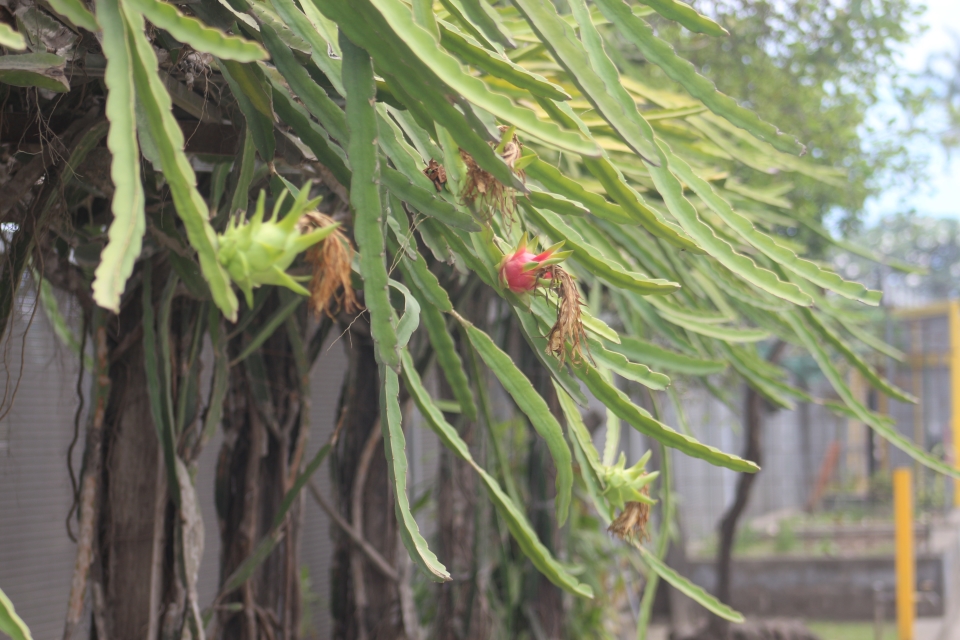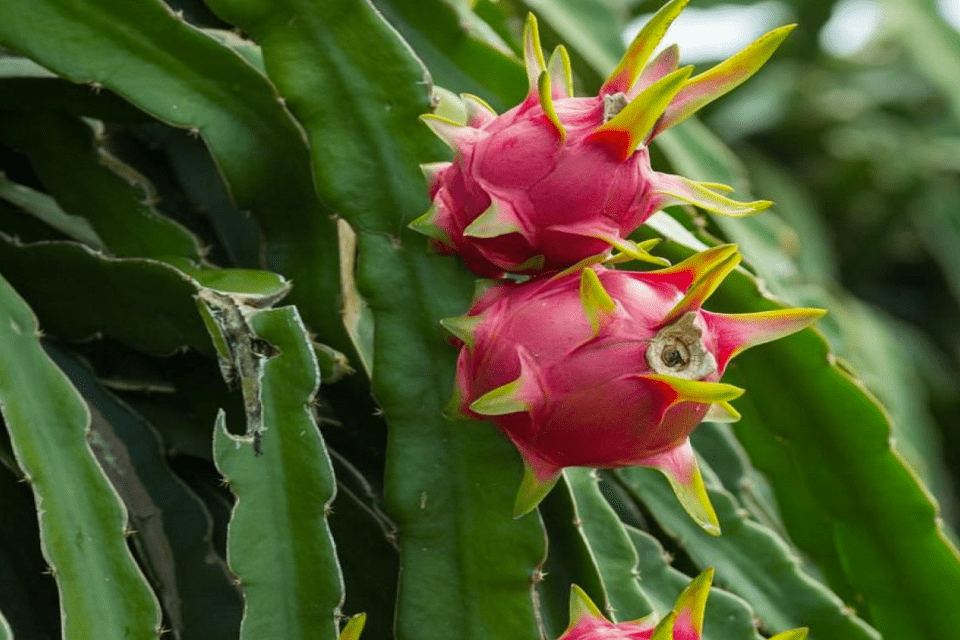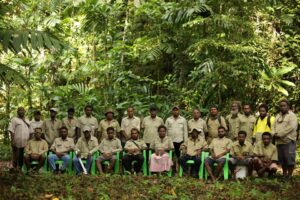BY JOHN HOUANIHAU
SOLOMON Islands agriculture scientist, James Earnest described ‘Dragon Fruit’ as a perfect alternative cash crop that rural farmers in the country can make good money and benefit from its commercial value.
Earnest said the dragon fruit does not attract many pests or diseases and has been introduced previously in the country.
“It is one of the best alternative cash crops that is suitable for our soil and climate. The crop already has a good market overseas.
“Although I heard, and read about its marketing value, I have never seen it with my physical eyes. It was until 2020 (working with the Ministry of Agriculture and Livestock), that I managed to see it grown at the former Taiwanese Farm, east of Honiara,” he told ENVIRONMENT MEDIA.
Ernest had previously planted sixty bottoms of Dragon fruit in his backyard, and one plant has produced flowers and fruits.
“I planted a total of 60 plants with the first one now having fruit. That was 12 months after I planted it. I planted the bottoms in September last year. I am expecting the other 50 to have flowers before bearing fruit in the next 2 to 3 months.

“Just imagine, one fruit is $20 that mean if you sold 10 fruit you are talking about $200. It also easy to transport and even can last long for week,’’ Earnest said.
“One plot size of 60 bottom is enough to give me a weekly income of $2000 or more.
He said Dragon fruit is a highly marketable cash crop, and it’s more like an apple for the Asians community in the country and around the world.
He said that many people like it especially the Asians and also few locals in Honiara.
“Asians always come and pay at the old Taiwanese farm. Depending on the sizes, small ones are priced at $15, medium $20, and $30 for standard or bigger fruits,” he said.
Earnest said Dragon fruit ripening season occurs every year from September to April.
“Six months of fruiting and six month of resting; its flowers usually white, it open at night and closed by early morning. Bees usually pollinate them early morning, between 6am to 8am.
“The Dragon fruit turns red when it is ripe and green when not ripe.

“Its flowers can also eaten. I already tried it and it quite test similar to slippery cabbage. It is something local farmers in the country can venture into because it does not demand much care, or labour input.
“There are two varieties, red flesh (red inside) and the other one white flesh,” he said.
Earnest, 55, obtained his Bachelor’s Degree in Science and Agriculture from the Papua New Guinea University of Technology or ‘Unitech’ (PNG) in 1990 and later went back to PNG to undertake a post-graduate diploma studies from 1991-1992.
He later worked for more than 30 years in the field of agronomy and entomology with the National Agriculture and Research Institute in Papua New Guinea. Agronomy is the study of soil management and crop production, while entomology is the study of insects.
Although it’s not commonly eaten in the Solomon Islands and other Pacific Island countries; Environment Media understands that Dragon fruit is originated in Central America and is now commonly eaten across South-east Asia.




